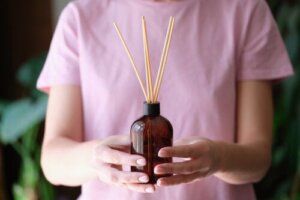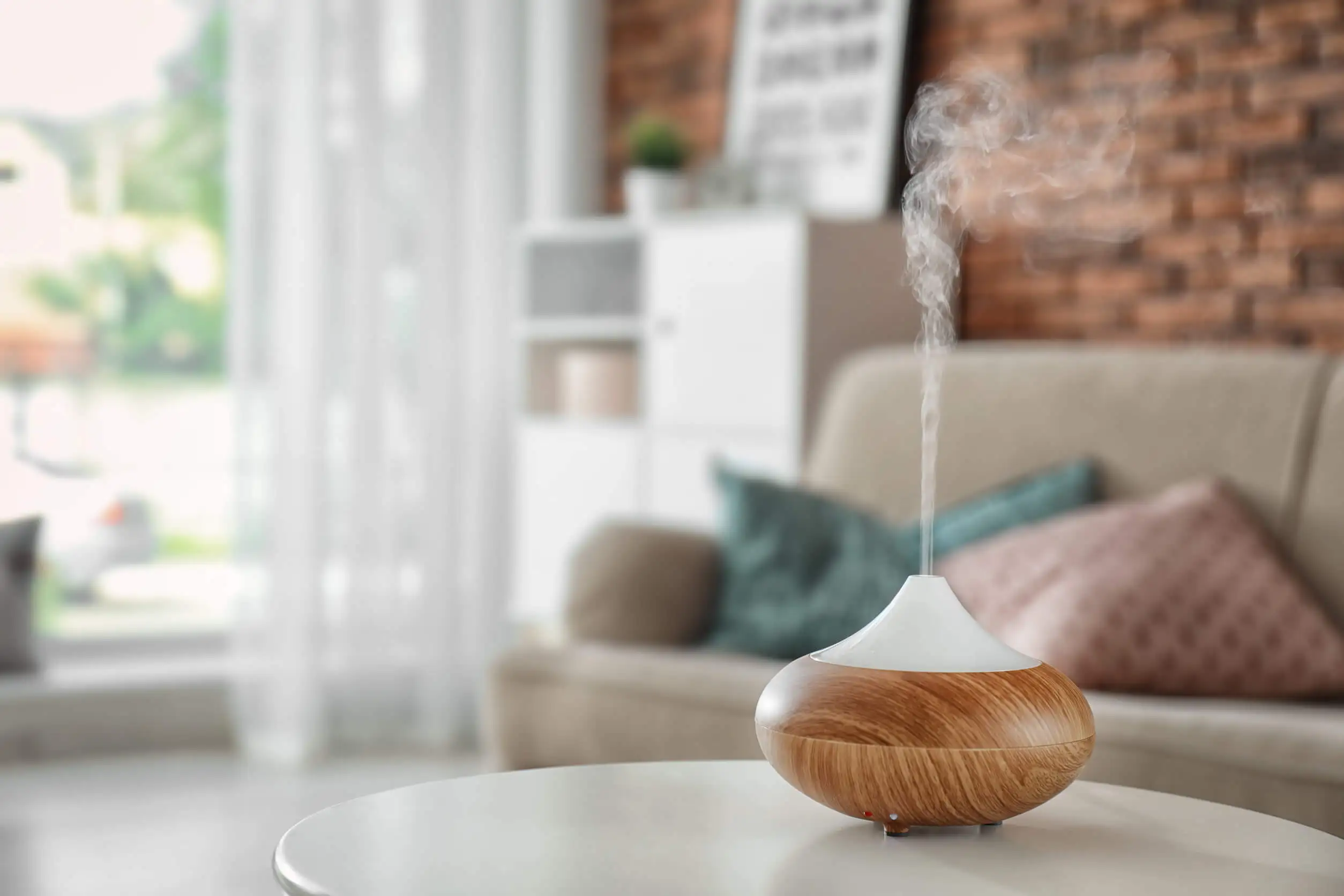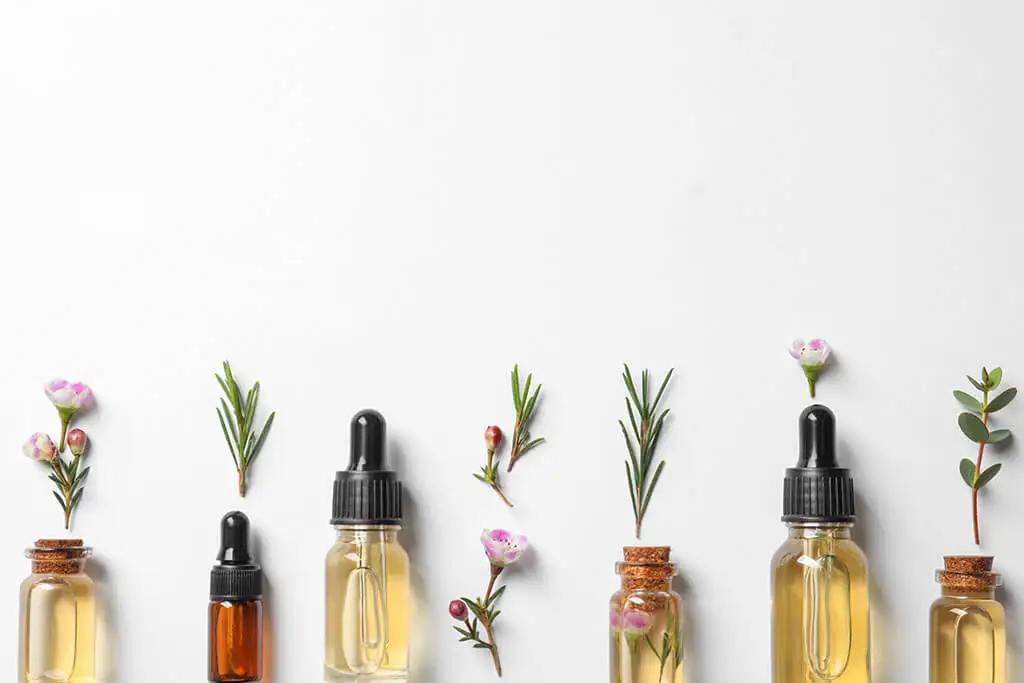How to Make a Homemade Aroma Diffuser


Reviewed and approved by the doctor Leonardo Biolatto
How nice it is to be in a room with a good smell! This is one of the objectives of making a homemade aroma diffuser, a handicraft that goes beyond decoration to become a useful tool for physical and mental health.
It’s true that stores offer hundreds of models of diffusers, some with functions that allow you to adjust the level of spray or combine them with lights. But assembling the device with elements that you surely have at home is cheap, effective, and environmentally friendly. Read on to discover one way to make your own diffuser and enjoy all of the benefits it brings!
What is a homemade aroma diffusor?
Fragrance diffusers are systems designed to spread scents in enclosed spaces. They work with sticks that, unlike incense or lamps, don’t need to be lit.
They stand out for their naturalness and tendency to leave aside the use of chemicals and other pollutants.
The creation of these devices is simple. With few materials, you can make them without assistance. A bottle, oils, and sticks are all you need to make them work.
This kind of air freshener works when the sticks absorb the essences and expel them into the air. Once evaporated, the substances release a perfume and refresh the air.

The benefits of having a homemade aroma diffuser
Having an aroma diffuser has advantages linked to physical and emotional well-being. This is pointed out by a publication of the international chain of relaxation rooms AIRE Ancient Baths.
The article states that, thanks to the active compounds of essential oils, people can achieve relaxation more easily. They claim that aromatherapy is a beauty and care technique, also understood as a form of complementary medicine.
Another review of Ámbito Farmacéutico explains that when aromatic plants are rubbed, the essential oil drops are released into the atmosphere and reach the nose. There, olfactory receptors are activated and send sensory stimuli to the brain.
In support, the UFPE Online Nursing Journal revealed a study in which blood pressure presented an effective reduction in massage sessions with essential oils and aromatherapy. In the same order, anxiety and stress decreased in the group analyzed.
The scent diffusers help calmness, good physical health, purify the air, and lift the mood.
We think you may be interested in reading this, too: 20 Essential Oils You Should Have During the Winter
A method for making a homemade aroma diffusor
The effectiveness of a scent diffuser lies in the proper selection of fragrances and the implements for making it. Choosing artificial balms is to risk inhaling toxic substances they may contain.
By making your own diffuser, on the other hand, you know that the device is safe. Here’s how to make it.
Materials Needed
- Alcohol
- A base oil
- Essential oils
- Wooden sticks, rattan, bamboo, or tree twigs
- A glass container with a narrow mouth and a height of 12 to 25 centimeters
1. Combine the oils with the alcohol
The first thing to do is to prepare the essence. To do this, place 60 milliliters of neutral oil and an equal amount of water in a bowl. Add a few drops of rubbing alcohol (or vodka, if it’s easier). These liquids help the sticks to absorb the oil easily.
It’s possible to replace the alcohol with body perfume, but if you use this or vodka, it must be of supreme quality. This is because the fact that it’s weaker in alcohol content means that it has more water and the mixture won’t blend properly.
Complete the process by adding 30 drops of the essential oil of your choice and stirring. If you intend an exclusive diffuser of natural fragrances, make sure to avoid mineral oil or any perfumes containing it, as it’s a petroleum derivative.
2. Empty the ingredients into the container
With the liquids together, the next step is to take them to a container. For this purpose, the bottles or vases with a glass or ceramic narrow neck are perfect. If the mouth of the bottle is wide, the oil will be more exposed to the air, accelerating its evaporation.
In the case of transparent containers, you can add some decorative stones at the bottom. Apart from decorating, rocks or shells also stabilize the sticks.
3. Insert the sticks into your homemade aroma diffusor
Place 8 to 10 sticks inside the container, positioning them in a fan shape. Make sure that the sticks aren’t all leaning to the same side, as the aroma will only take one direction. For greater effectiveness, use dry, unknotted, shelled sticks.
Like this article? You may also like to read: Bergamot Essential Oil: Benefits and Possible Side Effects
4. Turn the sticks over
After an hour of resting inside the diffuser, the branches become fragrant. It’s a good idea to turn them upside down to soak both ends. Within a day of assembling the home fragrance device, the sticks will be well-impregnated with the liquid and your space will be perfumed.
Rotate the sticks once a week so that they don’t dry out. After a month of use, if there is still some substance left, you can refill it with a few drops of oils and alcohol. Another option is to prepare a new mixture.

The secret of oils for a homemade aroma diffusor
There’s no specific fragrance that will make the diffuser work better. The secret is to check which oils contribute to relaxing the mind and promoting physical health.
For example, eucalyptus, peppermint, and lavender are associated with reducing tension, while orange and jasmine are recommended for combating anxiety and stimulating your defenses. Lemon helps with breathing and provides good energy to the environment.
All cited sources were thoroughly reviewed by our team to ensure their quality, reliability, currency, and validity. The bibliography of this article was considered reliable and of academic or scientific accuracy.
- Beneficios de la aromaterapia. AIRE Ancient Baths. pp. 1-8. Estados Unidos; 2020. https://www.mendeley.com/catalogue/bfe5caa1-87c0-3501-88e0-d2f0caede440/?utm_source=desktop&utm_medium=1.19.4&utm_campaign=open_catalog&userDocumentId=%7B254d0e83-7bf1-41ac-aa7a-bd4649fbb060%7D
- Braga E, Dias S, Domingos T. Aromaterapia para ansiedad y estrés de profesores de enfermería. Revista de Enfermería de la UFPE en Línea. Vol. 13. Brasil; 2019. https://www.mendeley.com/catalogue/84e46069-b36d-3df9-acef-1c87e63d83e0/?utm_source=desktop&utm_medium=1.19.4&utm_campaign=open_catalog&userDocumentId=%7Be8bf790f-7645-47ce-9e98-b332aca72561%7D
- López M. Los aceites esenciales. Ámbito Farmacéutico-Fitoterapia. 2019. https://www.mendeley.com/catalogue/9dab6d05-57fe-32bb-a9d3-511595ad5ad6/?utm_source=desktop&utm_medium=1.19.4&utm_campaign=open_catalog&userDocumentId=%7B0c74ce09-6ba4-40f1-807a-79be24b36f81%7D
This text is provided for informational purposes only and does not replace consultation with a professional. If in doubt, consult your specialist.








